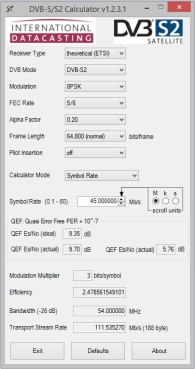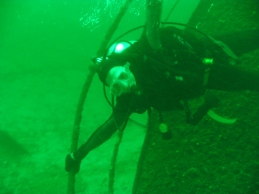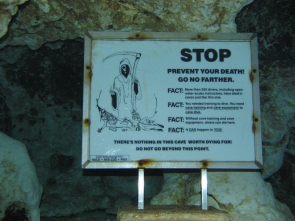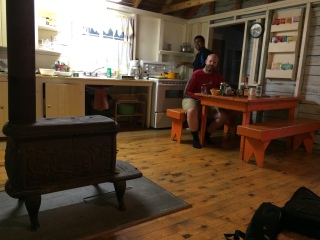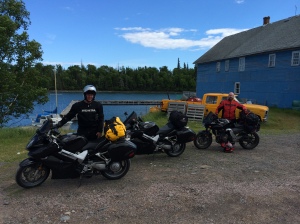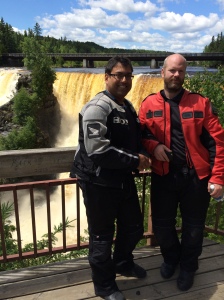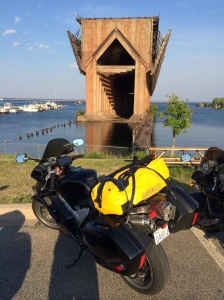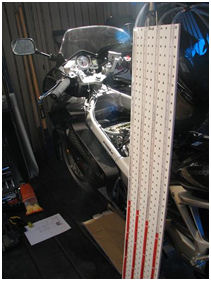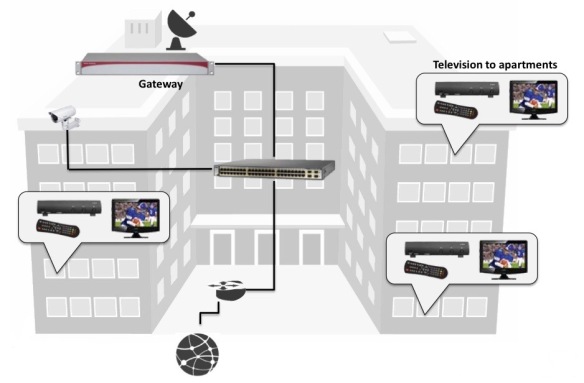Methods to improve productivity, innovation and morale are continually sought by high performing companies. Sometimes enterprising employees are forthcoming with ideas to enhance one or more of these. More frequently, a company hires a management consulting firm, they inform about industry best practices or new trends, and these methods are implemented internally.
One method of promoting productivity and innovation is enabling “water cooler” discussions. Incidental encounters of personnel from different departments can lead to innovative discussions and foster team building. Additionally it may lead to problem solving solutions not otherwise possible with the limited interaction scope of colleagues who normally work together. Steve Jobs obsessed about office layout attempting as much as possible to enable these “serendipitous encounters“. He made overt design choices, such as bathroom placement, to maximize personnel cross-pollination.
Another method, the “morning huddle“, or “stand-up meeting”, really gained popularity a few years ago. Some companies took it very seriously and instituted it across the board. Like many popular management styles, such trends are not typically new ideas—usually they are merely rediscovered concepts perhaps applied to a different sector of industry. So it is with the huddle. Its origins may stem from Scrum or some other agile development practice. Despite having origins decades ago, it exploded into popularity a couple of years ago, was widely implemented but seems to have quickly diminished in popularity over the past few years.
The waning of its popularity is a shame. There is a lot of value in having these concise, small group meetings in any high productivity multifaceted organization. They serve to align priorities, bubble up problems for immediate action, promote communications and enhance team building. The key is to keep them efficient. Take lengthy subjects offline and always focus on just two or three key elements for the huddle, e.g. brief summary of tasks for the day, identify obstacles, communicate priorities, socialize corporate vision/strategy.
I instituted daily huddles with my Sales Engineering group when it was entirely located at one physical location, headquarters in Ottawa. Since then I have successfully diversified my team into a globally based, in-region team which has necessitated a change in how I effect group leadership. Back in the heyday of headquarter-centric Sales Engineering, I conducted a daily mid-morning huddle but…
 I took a slightly different tack—I conducted these while to–ing and fro–ing a local Starbucks. We took turns buying the lattes. These huddles were short and effective. They served to align priorities and address concerns before they became unmanageable. Hosting them off-site, in the privacy of a vehicle, encouraged open frank discussions without fear of being overheard.
I took a slightly different tack—I conducted these while to–ing and fro–ing a local Starbucks. We took turns buying the lattes. These huddles were short and effective. They served to align priorities and address concerns before they became unmanageable. Hosting them off-site, in the privacy of a vehicle, encouraged open frank discussions without fear of being overheard.
The whole daily ritual took no more than twenty minutes. It was very sociable and highly effective. However, it raised a new problem that required an inventive solution: how to determine who’s turn it is to pay for the lattes! A long time ago, when my group was just two of us, it was relatively easy to remember. When I hired a third member into my group, it quickly became a challenge to remember the order of who previously paid so as to ascertain who’s turn it was to pay at the present huddle.
Necessity being the mother of invention, we put our heads together and came up with a unique solution to this problem. We applied our engineering expertise and acumen to the problem and devised a web application to track who paid when.
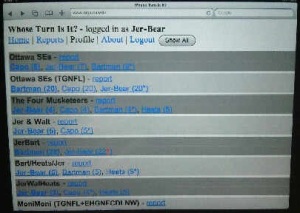 After burning the midnight oil a few times, the web server and application was up and running. With access from our ubiquitous smart phones, we were able to start logging who paid for the lattes. It also automatically calculated who had paid the least overall and suggested that individual user as the next one to pay.
After burning the midnight oil a few times, the web server and application was up and running. With access from our ubiquitous smart phones, we were able to start logging who paid for the lattes. It also automatically calculated who had paid the least overall and suggested that individual user as the next one to pay.
I learned a lot about web servers, SQL databases, HTML5 and PHP as result of this hands-on development experience. I even made a native Blackberry 10 mobile app to access it.
The Latte Huddle—simple, social, geeky and effective. Consider adding one to your leadership regimen. You’ll be amazed how adding the element of relationship building to an efficient work-related huddle yields employee effectiveness.
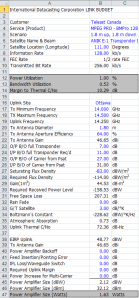 So I wrote my own link budget calculator using Microsoft Excel. It wasn’t easy and it took a long time. I used reference formulas from my various satellite communications text books. I double checked its results with the few hard copies I had from satellite operators. After a lot of hard work using Visual Basic, complex array formulas and multiple iterations, I ended up with something usable and accurate. It still required parameters specific to the satellite in question but sometimes these could be guesstimated closely enough and sometimes these could be obtained from the satellite operator or from previous link budgets on file. In the end I had a tool that my team could use to get within the ballpark of proper antenna sizes and amplifier requirements for a workable satellite link using our products.
So I wrote my own link budget calculator using Microsoft Excel. It wasn’t easy and it took a long time. I used reference formulas from my various satellite communications text books. I double checked its results with the few hard copies I had from satellite operators. After a lot of hard work using Visual Basic, complex array formulas and multiple iterations, I ended up with something usable and accurate. It still required parameters specific to the satellite in question but sometimes these could be guesstimated closely enough and sometimes these could be obtained from the satellite operator or from previous link budgets on file. In the end I had a tool that my team could use to get within the ballpark of proper antenna sizes and amplifier requirements for a workable satellite link using our products.

